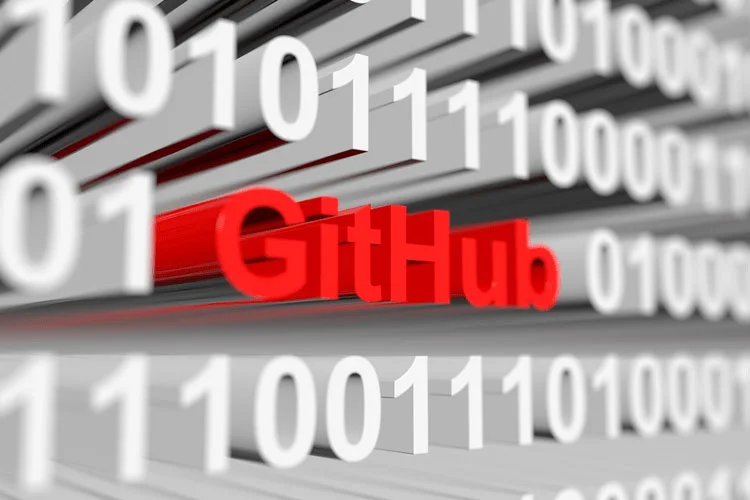What is the software development lifecycle SDLC? Phases and models LogRocket Blog
On the other hand, Product Development is an umbrella term that sticks to the six stages of software development lifecycle and works on launching products that already have a Proof of Concept (POC). The New Product Development approach revolves around working on an entirely new idea, where the uncertainty around its development and subsequent adoption is high. The Software development life cycle is a valuable framework for analyzing how software developments are made. Building something from start to finish can be daunting, yet it’s an essential part of our lives, economies, and societies.

Fortify offers the most comprehensive static code analysis and dynamic application security testing technologies backed by industry-leading security research. The idea of shifting security left in the SDLC upends the traditional notion of how, when, and where security controls can be integrated into software development. “Shift left” means finding ways for these formerly siloed groups to work together to develop rapid, but also secure, code releases. Newer approaches to the SDLC have emerged as DevOps, a combination of philosophies and practices that increase an organization’s ability to deliver applications more quickly. As SDLC methods shift more toward a DevOps SDLC, consideration of the role security plays must also be addressed. In the iterative process, each development cycle produces an incomplete but deployable version of the software.
Concept Testing
Companies are under more pressure than ever to deliver high-quality products in often unrealistically short time frames. In such a market, approaching software creation in any way that does not involve a pre-defined SDLC is not a business-wise move. Start building your development around a strict Software Development Life Cycle and stay a step ahead of competitors still relying on an old-school approach to product design.
- Our test case template can help you as you go through the software testing process.
- In short, we want to verify if the code meets the defined requirements.
- It aims to increase efficiency, improve communications, and minimize risk in creating software over a short period.
- As one solution emerges from the evaluation and is selected as the optimum solution it will be developed into a specification.
- CI/CD (Continuous Integration and Continuous Delivery) is a set of practices and methods that speed up software delivery by introducing automation into an SDLC.
- The three most common artifacts that product teams use are wireframes, mockups, and prototypes.
Vulnerabilities may seem small on their own, but when tied together in an attack path, they can cause severe damage. Our red team models how a real-world adversary might attack a system, and how that system would hold up under what is ux design attack. WhiteHat Dynamic- Dynamic analysis evaluates an application while executing it to uncover issues with its runtime behavior. Defensics- Identify defects and zero-day vulnerabilities in services and protocols.
Origins of the Software Development Lifecycle
For a detailed progress report, use our real-time dashboard which features a live look at task progress, expenses, workload, and more. Plus, we have 1-click reporting features that generate reports in seconds, which can then be shared online with your customers, managers and team members. There is no right or wrong SDLC methodology, as it’s clear that each has its own strengths and weaknesses. It’s important to choose your methodology based on the context of the problem that you and your team are trying to solve.

The development team aims to achieve developer velocity while ensuring quality delivery. SDLC stages mostly stay constant no matter what software development methodology we follow. However, the approach towards implementing these stages changes with changing development methodology. This phase is meant to identify any potential risk by planning the risk mitigation strategy. The project manager, team members, and end user collaborate to identify potential risks that may impact the project. After passing all processes of the testing phase, the product is ready to release.
Stage 5: Product Development
SDLC methodologies fit within a flexibility spectrum ranging from agile to iterative to sequential. The waterfall model provides discipline to project management and gives a tangible output at the end of each phase. However, there is little room for change once a phase is considered complete, as changes can affect the software’s delivery time, cost, and quality.

However, the Waterfall process is expensive, and changes often take time. Each increment in the incremental development process adds a new feature. An example can be creating an MVP featuring only the core function and adding new features based on user feedback. The entire software or a part of it goes into the production environment phase after developing, testing, fixing, retesting, and validating. If you follow the Agile SDLC process, deployment could be the launching of MVP and other features.
Software Development Life Cycle (SDLC) Explained: The Ultimate Guide
They started to create awareness around inbound marketing and instantly became a recognized leader in the software product industry. Sometimes the right marketing is all a product needs for the magnet effect. This focuses on working on the user stories in Agile for the New Product that will set it apart from others.
Software development can be challenging to manage due to changing requirements, technology upgrades, and cross-functional collaboration. The software development lifecycle (SDLC) methodology provides a systematic management framework with specific deliverables at every stage of the software development process. As a result, all stakeholders agree on software development goals and requirements upfront and also have a plan to achieve those goals.
Share What You Learned Across the Team
It is very common for teams to repeat the development and testing phases several times, before moving onto the final stages of deploying and and releasing the software. The product manager/end user in this phase is responsible for evaluating the system software, which is the output of the previous phases. The evaluation is done before the project proceeds to the next planned spiral cycle. The spiral model is a risk-driven hybrid model that features some of the traits of the waterfall model and Iterative model. Based on the identified patterns of risk, the team can adopt specific activities of different processes.
This phase is heavily documented so that developers can revisit requirements at any time. The agile approach requires the team to perform testing at the end of each sprint to ensure no potential exploits end up in production. The iterative incremental model requires the team to quickly deploy an incomplete version of the software at the end of each development cycle. Waterfall phases run sequentially, and every stage depends directly on the outcome of the previous phase (i.e., each step “waterfalls” into the next one). In a true waterfall model, the team never goes back a step after finishing a phase, so the model’s success rests on the team’s ability to avoid mistakes.
Defining requirements
The first iteration implements a small set of the software requirements, and each subsequent version adds more requirements. In the deployment phase, the software is officially released into the production environment. While people have understood the value of collaboration in software development over time, some members of your team might want to play the hero. They might want to pull the higher number of shifts or move heaven and earth to complete the project faster. Prevalent software development models include Waterfall, Spiral, feature-driven, Agile, Lean, Rapid Application Development, and Scaled Agile Framework (SAFe).
Phase 5: Deploy
Application architecture portrays the behavior of applications and their interactions. The app architecture includes a UI layer, a domain layer, and a data layer. Machine products include power saws, drills, hand tools, metal-working machines, polishing machines, presses, boilers, industrial ovens, and industrial scales, among others.
A smooth deployment introduces the solution to users with minimal disruption. Before releasing the software, the team verifies and validates it works as expected. The design process transforms requirements into a detailed software blueprint. The Smartsheet platform makes it easy to plan, capture, manage, and report on work from anywhere, helping your team be more effective and get more done.
